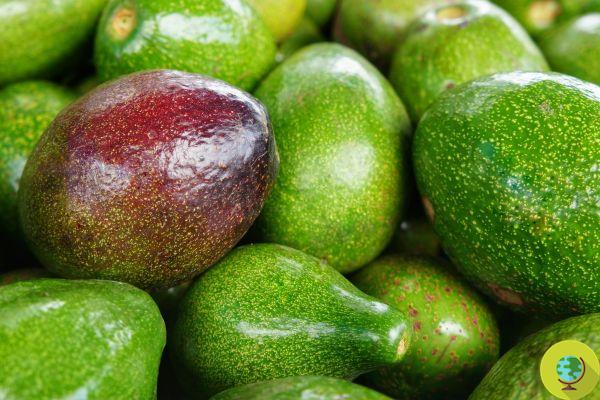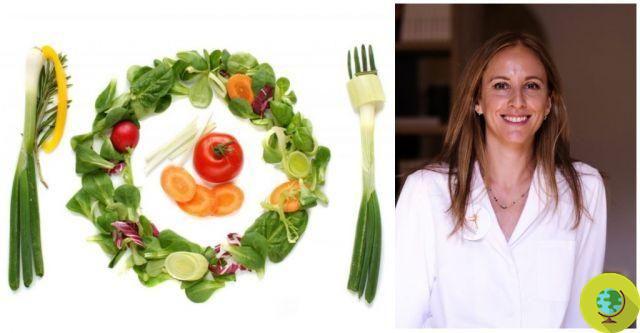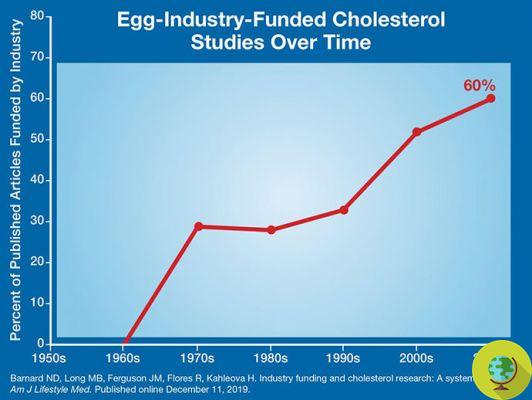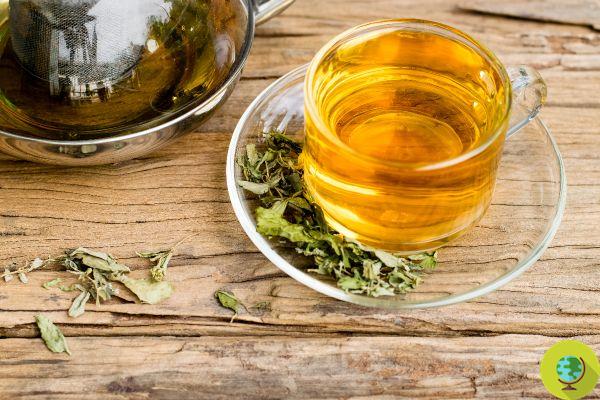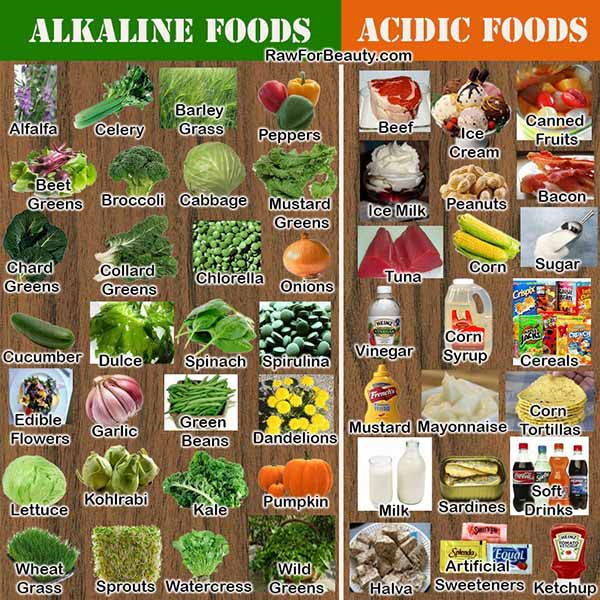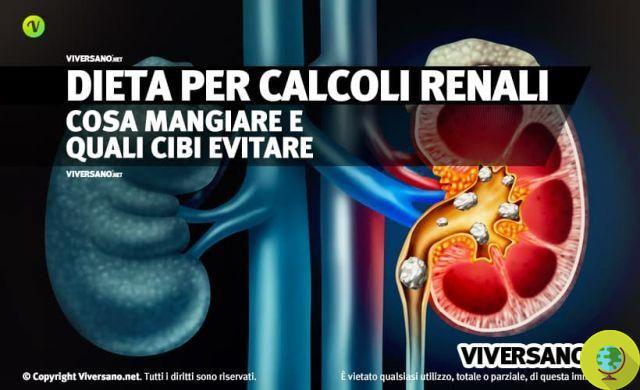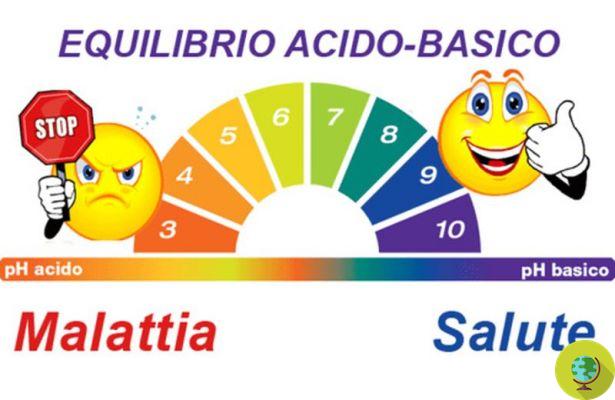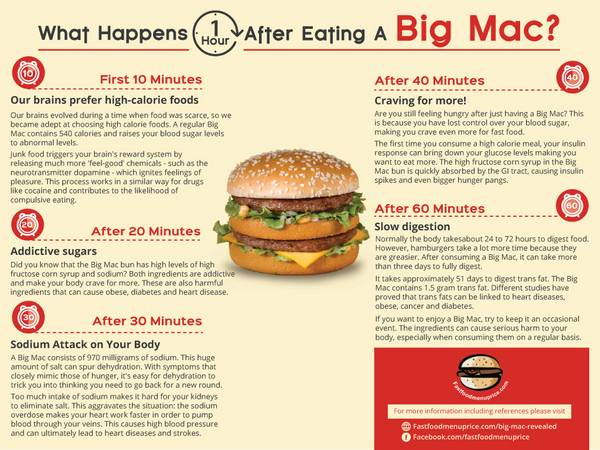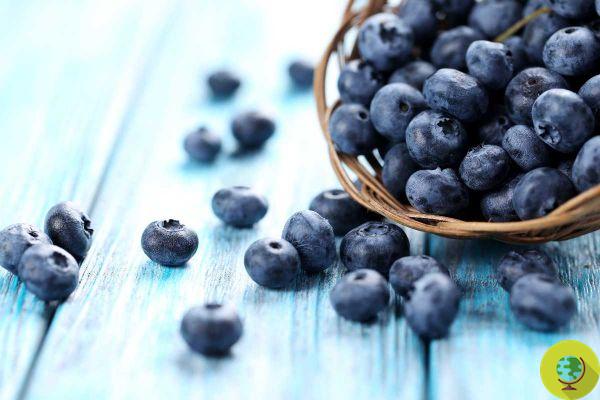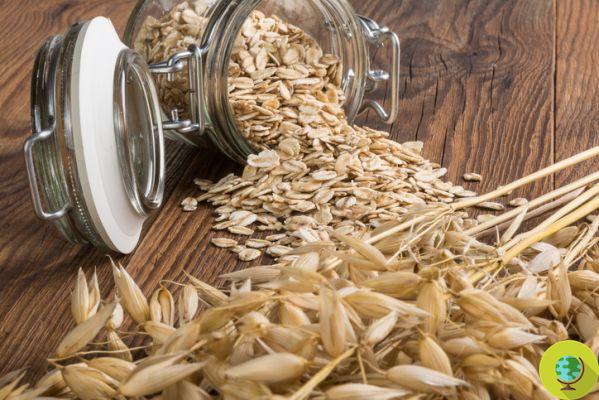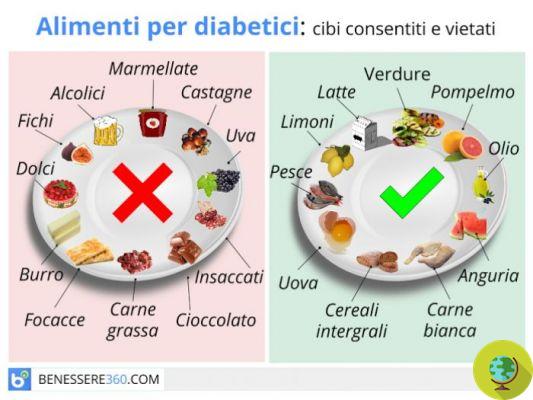We know that it would be better to consume whole grains rather than refined ones. But what are the advantages of this choice? Let's discover together the properties and the various types of whole grains that we can alternate in our daily diet.
Don't store avocado like this: it's dangerousWe know that it would be better to consume whole grains rather than refined. But what are the benefits of this choice?
Let's discover together the properties and the various types of whole grains that we can alternate in our daily diet.
Index
Refined cereals and whole grains: the differences
Based on the processing to which they are subjected, cereals are divided into refined or wholemeal (however, there are also semi-integral versions). Through the refining process, the so-called "white" cereals are deprived of the external part of the grain and this is how large quantities of fiber, vitamins and mineral salts are lost. The endosperm, on the other hand, remains intact and therefore the starch content is high.
This concretely means that, while whole grains contain the full nutritional value of the grain (bran, germ and endosperm), the refined ones have lost at least part of their properties.
Whole grains, properties
As we have said, whole grains contain all the useful nutrients contained in the grain and it is precisely for this reason that they can boast different properties. Some scientific research over the years has paused to prove the benefits of consuming whole grains towards various aspects of our health.
For example we have seen that a diet rich in whole grains, as well as fruit and vegetables, is able to prevent some chronic diseases including diabetes, asthma, cancer, anemia and heart disease. The result of an analysis conducted for 5 years on a sample of 1000 people showed that those who ate whole grains such as oats, rye, barley, millet and quinoa generally enjoyed better health.
Another research then focused on analyzing the benefits of whole grains in the prevention of colon cancer. From the results obtained, it was seen that add 90 g of whole grains to your diet daily significantly reduces the risk of developing this type of cancer. According to the scientists, the advantages in this sense would be due to the large presence of natural fibers within whole grains.
A similar study came to the same conclusion: whole grains are useful for the well-being of our body, they reduce the risk of getting sick and therefore of dying prematurely. The credit would be the high content of fibers, minerals and antioxidants contained in them.
To learn more read also:
FRUIT, VEGETABLES AND WHOLEMEAL CEREALS: THE DIET TO PREVENT CHRONIC DISEASES
WHOLE CEREALS AND NATURAL FIBERS TO PREVENT COLON CANCER
WHOLEMEAL CEREALS AND QUINOA REDUCE THE RISK OF PREMATURE DEATH
In summary, a diet rich in whole grains has been shown to prevent:
• Some cancers (especially of the colon)
• Heart disease
• anemia
• Asthma
• Diabetes
Whole grains, benefits
The advantages offered by the consumption of whole grains compared to refined ones are numerous: thanks to the high presence of fibers, the intestinal system is more stimulated in its functions and you can avoid the problem of constipation. Fiber also keeps cholesterol and fat at bay, therefore, a consumption of whole grains is also recommended for those suffering from hypercholesterolemia or to avoid the appearance of the problem.
Unlike refined grains, then, whole grains they do not favor glycemic peaks but, since they guarantee a slow release of sugars, they allow to keep the glycaemia in the blood at the right levels. Precisely for this reason they are also recommended for those on a diet, they are in fact able to fill more and keep the feeling of hunger at bay.
Even at the level of mineral salts, vitamins and amino acids, whole grains are much richer in these substances and therefore offer a good amount of magnesium, phosphorus, potassium, selenium, copper and zinc and vitamins E, K and group B (depending on the various types).
It must also be considered that whole grains, and consequently the flours obtained from them, have a lower Glycemic Index than refined grains and are therefore to be preferred also in view of a diet that wants to contain the glycemic index.
Furthermore, as we have seen above, they can be useful in the prevention of tumors (especially those of the gastrointestinal tract).
In summary, whole grains are useful for:
• Intestinal well-being
• Contain cholesterol
• Keep your blood sugar at bay
• Satisfy and avoid the sense of hunger
• Get important nutrients
• Avoid foods with too high GI
• Prevent some types of cancer
Whole grains, types
There are many types of cereals (or pseudo-cereals) and consequently many cereals in the wholemeal variant. These include:
• Grain
• Rice
• Farro
• Avena
• Mile
• Orzo
• But
• Buckwheat
• Bulgur wheat
• Rye
• Quinoa
• Amaranth
• Teff
• Sorghum
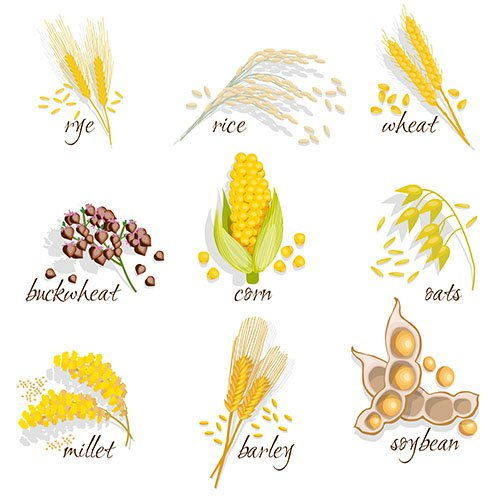
Some of these cereals, such as barley, they are difficult to find whole grains, given that in traditional supermarkets they are mostly sold in the pearled or hulled variant. It is often easier to find wholemeal flours obtained from these cereals or wholemeal flakes. There are also many products based on whole grains such as pasta, bread, crackers, etc.
If you buy wholemeal bread or pasta be careful to recognize the products obtained from the whole cereal and therefore truly wholemeal. To learn more about the topic, read the following articles:
REAL WHOLEMEAL FLOUR: HOW TO RECOGNIZE IT?
WHOLEMEAL PASTA: ADVANTAGES, BENEFITS AND HOW TO CHOOSE IT
WHOLEMEAL BREAD: WHICH AND WHY CHOOSE IT AND HOW TO MAKE IT AT HOME
Whole grains, calories
Whole grains provide a certain number of calories, different depending on the type:
Wheat: about 317 kcal per 100 grams
Durum wheat: about 312 kcal per 100 grams
Rice: about 111 kcal per 100 grams
Emmer: about 335 kcal per 100 grams
Oats: about 389 kcal per 100 grams
Mile: about 360 kcal per 100 grams
Barley: about 320 kcal per 100 grams
More: about 353 kcal per 100 grams
Buckwheat: about 314 kcal per 100 grams
Rye: about 338 kcal per 100 grams
Quinoa: about 368 kcal per 100 grams
Amaranth: about 103 kcal per 100 grams
Teff: about 367 kcal per 100 grams
Sorghum: about 339 kcal per 100 grams
Which whole grains to prefer
Our food culture tends to be quite monotonous when it comes to grains, in fact, wheat is almost always consumed in the form of bread, pizza, etc. (and in most cases in the refined variant), sometimes a little rice is added and little else.
In fact, to fully enjoy all the benefits of whole grains, the ideal would be to varyand one's diet by inserting the different types of cereals and pseudo-cereals in rotation, preferring when possible those without gluten, which are more easily digestible.
Recommended then take whole grains, whenever possible, in grains For example, preparing cereal salads or soups with the addition of vegetables and legumes. With these cereals you can also make flans, vegetable meatballs and many other tasty sweet and savory recipes.
Regarding the importance of varying in your daily diet listen to the advice given in the following video.
Whole grains and legumes: the perfect match
Some cereals such as wheat and rice have the problem, even in the integral variant, of being deficient in some essential amino acids, in particular lysine. To overcome this inconvenience, it is possible to take legumes together with whole grains, for example making dishes of our tradition such as pasta and beans or pasta and chickpeas.
Some pseudo-cerealsInstead, like quinoa and buckwheat, they contain enough lysine and therefore do not require special combinations. However, consider that in reality it is also possible to take all essential amino acids separately, the important thing is that this is done within the same day. So, for example, you can choose to have cereals for lunch and other lysine-rich foods for dinner.




